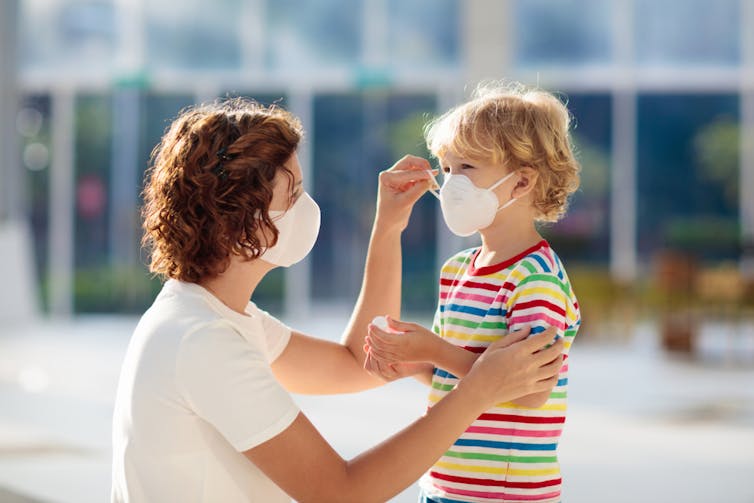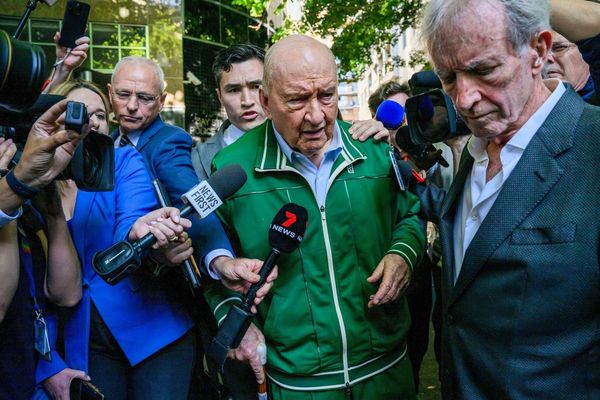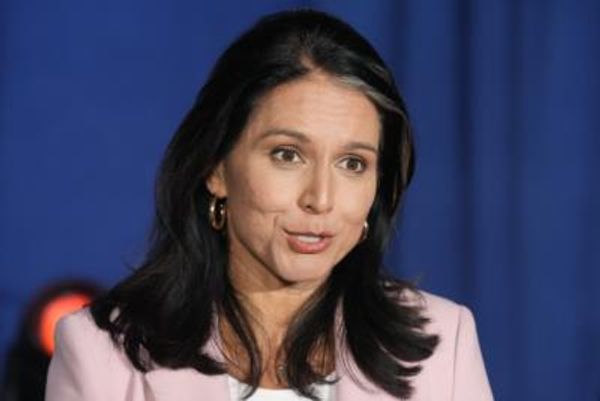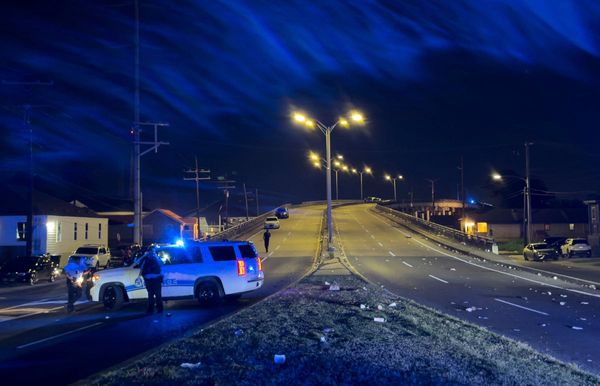The World Health Organization declared COVID a pandemic on March 11 2020. In the two years since, countries have diverged on their containment strategies, introducing many different ways of mitigating the virus, to varying effect. Here, four health experts look at what has worked well, what mistakes scientists and policymakers made, and what needs to be done to protect human health from here on.
Andrew Lee, Professor of Public Health, University of Sheffield
Most governments didn’t get their pandemic responses right. The initial response needed to be decisive, rapid, transparently communicated and delivered at scale. Often it wasn’t.
Before the arrival of effective treatments or vaccines, blunt measures such as lockdowns were necessary to minimise loss of life. Indeed, in places like New Zealand, Taiwan and South Korea, where the spread of infection was initially low, lockdowns were effective and elimination of the virus possible. Countries that successfully pursued elimination strategies experienced lower case numbers and deaths, buying time until vaccine protection arrived.
However, we’re now in a different phase of the pandemic. Vaccines have changed the risk considerably. Eliminating the virus also seems unachievable currently, with widespread transmission in virtually every country. The value of lockdowns and travel restrictions is now greatly diminished and their wider societal harms need factoring in.

To live safely with the virus, we must heed lessons from the last two years. These include moving away from presenteeism, which drives people to go to work or school when ill, as well as appreciating the importance of ventilation and face masks in reducing the spread of airborne diseases. The threat of new variants hasn’t gone away, so genomic surveillance of the virus will still be needed globally.
We need to learn from our mistakes too. Narrow, hospital-centric perspectives meant we didn’t protect vulnerable and disadvantaged people enough, such as care-home residents, people with learning disabilities, ethnic minorities and the poor. We also didn’t appreciate soon enough that the pandemic was a “syndemic” – interacting with and amplifying many other diseases, such as mental ill health, smoking and alcohol-related illnesses.
Sheena Cruickshank, Professor in Biomedical Sciences, University of Manchester
Immunological discoveries have been critical in the fight against COVID. By and large they wouldn’t have happened without the cooperation of scientists across disciplines and nations – nor without help from the public worldwide. Scientific collaboration has been one of the major successes of the pandemic.
Early access to the coronavirus’s genetic code, coupled with our knowledge of other members of the virus’s family (such as Mers and Sars), enabled work on vaccines to start quickly. Knowledge that the virus used its spike protein to enter our cells then gave us an initial target for vaccines.
Decades of experience in vaccine development, together with investment from governments and the pharmaceutical industry, as well as the participation of hundreds of thousands of volunteers in clinical trials, then enabled vaccine development to be fast-tracked to an astonishing degree. On vaccine development, the world got it right.
Understanding the immune response to COVID has helped us work out why some groups (such as the elderly) are much more vulnerable to severe infection. National studies have used their size and breadth to identify biomarkers that correlate with protection or severe disease in COVID, which can improve patient outcomes and inform new treatments.

However, lives continue to be lost because of poor vaccine equity, with many countries still deprived of vaccines and drugs that could help them. Lives have also been lost due to disinformation – fuelling mistrust, vaccine hesitancy and advocacy of dangerous or inappropriate “treatments” for COVID. There’s still so much to be done to ensure good access to and uptake of vaccines worldwide.
KK Cheng, Professor of Public Health and Primary Care, University of Birmingham
Very few countries with strong public health traditions have avoided catastrophes in the pandemic. Why?
One explanation is that most developed countries were completely untouched by the 2003 Sars outbreak and were only affected mildly by the 2009 swine flu pandemic. Complacency crept in, and there was also general lack of experience in dealing with a pandemic.
Also, in early 2020, there were two widely held beliefs: first that the coronavirus, like the influenza virus, simply couldn’t be contained, even for a few months; and second that extreme restrictive measures, which we now call “lockdown”, would be unfeasible in liberal democracies. Both turned out to be untrue.
In the UK, the failure to appreciate the importance of early action, as if one was dealing with wildfires, also resulted in delays in introducing or tightening control measures for fear of adverse economic impacts. These high-level problems culminated in downstream disasters including inadequate testing capacity, lack of PPE in health and care settings, inappropriate infection control in care homes, dysfunctional test-and-trace systems and failure of home isolation of cases.
The potential benefits of island states were also in many cases squandered by loose border controls. Australia and New Zealand showed countries like the UK what was theoretically possible in containing the virus – at least in the pandemic’s earlier stages.
One ongoing global failure is the inequitable distribution of vaccines. Still only 13.7% of people in low-income countries have received at least one dose.
Trish Greenhalgh, Professor of Primary Care Health Sciences, University of Oxford
We initially assumed the pandemic would be solved by evidence-based medicine – a school of research dominated by the search for generalisable truths (“what is the effect size of intervention X on outcome Y in disease Z?”). While this approach helped find effective treatments for COVID, it threw us way off the scent for evaluating non-pharmaceutical interventions such as masks.

While obsessing over the need for controlled experiments (“masks on” versus “masks off”), we suppressed our scientific imagination. We failed to wonder sufficiently at the novelty of COVID and the significance of its unique patterns of spread, such as super-spreading events, asymptomatic transmission and the vastly higher chance of catching COVID indoors versus outdoors. All these things should have raised hypotheses early on about a predominantly airborne mechanism of transmission and the potential value of masks.
We also viewed masks too simplistically, failing to understand them as a complex intervention in a complex system. Masks vary in quality and efficacy and can be fitted well or badly. They protect other people as well as the wearer – hence, their effects at population level need to be modelled mathematically rather than just tested in one-off experiments. Plus, masking (or refusing to mask) is a social practice, tied to identity and values; many people refused to mask, and confrontations became, sadly, part of masking.
Two years ago, I was writing my first academic paper about COVID, arguing for using the precautionary principle and introducing public masking “just in case”. It was another four months – and 40,000 deaths – before the UK did.
Andrew Lee has received funding from the National Institute for Health Research. He is a member of the UK Faculty of Public Health and a fellow of the Royal Society for Public Health.
KK Cheng received funding from COPE West Mildands (The contribution of occupational exposures to risk of COVID-19 and approaches to control among healthcare workers) between August 2020 and July 2021 (UK Research and Innovation grant number MR/V027867/1).
Trish Greenhalgh has received funding from the Medical Research Council, National Institute for Health Research, Health Foundation, Economic and Social Research Council and the Wellcome Trust.
Sheena Cruickshank does not work for, consult, own shares in or receive funding from any company or organisation that would benefit from this article, and has disclosed no relevant affiliations beyond their academic appointment.
This article was originally published on The Conversation. Read the original article.







